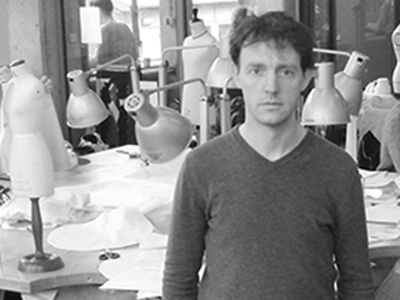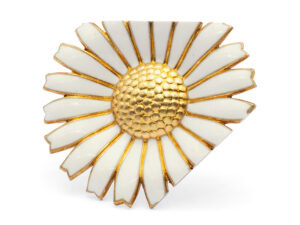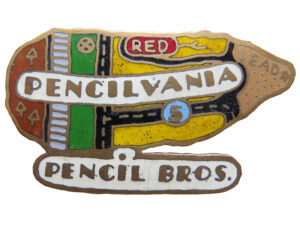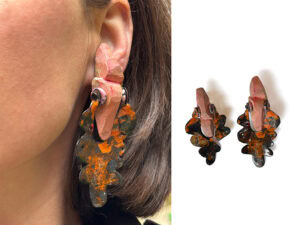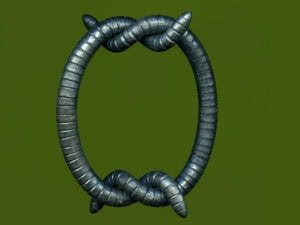On May 15, the Jewellery Department of the Rietveld Academie in Amsterdam hosted a one-day AJF event. Monica Gaspar and Suska Mackert were invited to give lectures. Afterward, both guests joined forces with the students in a collective brainstorm.
The initial question, “What is the attitude that lies at the base of jewelry?” functioned as the starting point for an entire day of exploring, thinking, and building thoughts in search of a jewelry attitude. We tried to put a finger on the approach, the way of observing, thinking, and translating that lies at the base of jewelry making and thinking.
Grasping and defining this attitude would not only help to position contemporary jewelry in relation to contemporary art and culture (arts, fashion, and design) but also—and probably more importantly—it would allow for a more precise formulation and extrapolation of what (future) jewelers are good at and what their praxis could look like. It would strengthen their identity and give space for new activities both within and outside of the jewelry context. Jewelers could approach a wide range of issues, projects, and commissions without necessarily having to make jewelry pieces but instead by grasping issues in a jewelry manner and contributing with a jewelry signature.
Students of the Rietveld Jewellery Department naturally produce work that strongly investigates issues fundamental to jewelry without always and necessarily being jewelry. They don’t feel restrained to act solely within the field of jewelry. That is not why they joined the Jewellery Department in the first place: they joined because they share an attitude and an interest for finely crafted material (based) and often body-related work that functions as an artistic philosophy with which they actively reach out in order to investigate subjects that engage them.
During their studies they learn to position themselves and their work within a given or self-generated field or context. This should allow them to work within any given field or context, applying their methods and knowledge. Their education is therefore a point of departure. It is not a contract with the discipline of jewelry, but it provides them with a Lydian stone that is actually applicable in a much larger context.
During the symposium, the group defined the specific competence of Rietveld jewelry graduates as an attitude. An attitude is not wearable, finely crafted, and precious. An attitude is a tendency, a predilection, a tuning. It is a focus on or inclination toward something, resulting in an affinity for specific topics, fields, and questions concerning adorning and expression, identity, and identification, the human body, the relationship of maker-jewel-wearer, the sign, signal, and message, mass production versus the unique art piece, craft and technology, classic techniques and new materials, natural resources, the history of trade and the emergence of monetary systems, jewelry as art in the public sphere versus the intimate, and much more.

The focus on these topics in combination with the specific and highly personal way of making, seeing, and thinking is what distinguishes the jeweler.
Within contemporary design and art we see more and more projects about, and contributions to, burning questions dealing with social, cultural, humanistic, and environmental issues. There is a strong awareness of and adaptedness to these issues, and—especially with the young generation—a growing urge to contribute to them. Observing my students, I can see that clearly. What does this mean for future jewelry design? What are the possibilities? How can jewelers make use of their strength and be involved? What can they contribute?
Their hybrid mentality, communicative skills, urge to contribute to burning contemporary issues, and eagerness to explore the world make them highly capable and motivated to work and collaborate within a broad range of disciplines within and outside of the arts.
At the Rietveld Academie this attitude has always been stimulated. From our perspective it makes sense to seek places and platforms that allow for encounters with other art and design forms. We want to be both guest and host. To act on strange grounds and invite strangers to spar. This will demand an elastic mind and strong positioning of our field and attitude. It will increase our visibility and strengthen our value both within our own realm and in that of our neighbors and perhaps far beyond.
We just have to give space for that and get over the hesitation to accept and show work that cannot be labeled contemporary jewelry as such but that contributes to the ongoing, wider, visual arts discourse in a highly valuable way.
All this is already happening. We don’t have to invent it.
